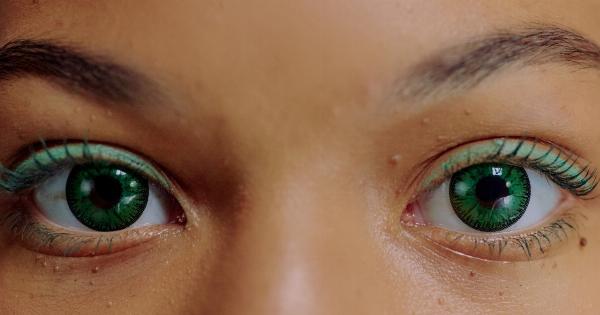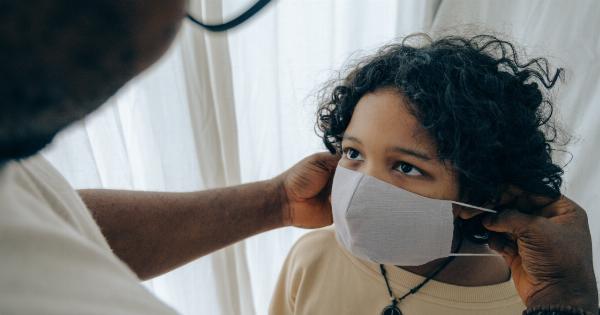Every makeup enthusiast knows that eyeliner is a must-have tool to enhance the beauty and shape of their eyes. It adds depth, definition, and intensity to any look, making our eyes the center of attention.
However, while eyeliner can work wonders for your appearance, it’s important to be aware of the hidden risks associated with its usage. In this article, we will delve into the potential dangers that come with using eyeliner and how to minimize the negative effects.
1. Allergic Reactions
One of the most common risks of eyeliner usage is an allergic reaction. Many eyeliners contain various ingredients that can trigger allergies, such as fragrances, preservatives, and pigments.
Symptoms may include redness, itching, swelling, or a burning sensation in the eye area. If you experience any of these symptoms, it is essential to discontinue use and consult a dermatologist or allergist.
2. Eye Infections
Poor hygiene or using expired eyeliners can lead to eye infections. The eye area is prone to bacterial growth, and when you apply eyeliner, you may transfer bacteria from your hands or the pencil itself.
Bacterial infections can cause conjunctivitis (pink eye), styes, or other uncomfortable conditions. To minimize the risk, make sure to wash your hands before applying eyeliner and regularly sharpen your pencils to remove any potential bacteria buildup.
3. Corneal Damage
Using eyeliner on the inner rim of the eye, also known as the waterline, can increase the risk of corneal damage. The pencil’s tip can accidentally scratch the surface of the cornea, leading to irritation, redness, and even corneal ulcers.
Avoid applying eyeliner directly on the waterline, and opt for products specifically formulated for this sensitive area.
4. Allergic Contact Dermatitis
Allergic contact dermatitis is a skin reaction that can occur when your skin comes into contact with an allergen. Eyeliner that contains substances such as fragrances, formaldehyde, or nickel can trigger this condition.
It often manifests as red, itchy, swollen, or flaky skin around the eyes. If you suspect an allergic reaction, stop using the eyeliner and consult a dermatologist for an allergy patch test.
5. Makeup-induced Dry Eyes
Repeated use of eyeliner, especially on the waterline, can disrupt the natural moisture balance of the eyes, leading to dryness and discomfort. Dry eyes can cause redness, burning, a gritty sensation, or excessive tearing.
To prevent this, give your eyes regular breaks from wearing eyeliner and use eye drops or artificial tears to keep your eyes moisturized.
6. Chemical Irritation
Some eyeliners contain chemicals like parabens, formaldehyde, or sulfates that can irritate the delicate skin around the eyes. Prolonged exposure to these chemicals can cause redness, swelling, itching, or a stinging sensation.
Opt for eyeliners that are labeled as hypoallergenic or free from common irritants to minimize the risk of chemical irritation.
7. Eye Scratching and Injuries
Applying eyeliner while moving or in a rush can increase the likelihood of accidents. The pencil’s tip may scratch the eye’s surface or accidentally injure the eye.
It is important to be cautious and apply eyeliner in a well-lit and steady environment to prevent any accidental injuries or damage to your eyes.
8. Pigment Migration
Poor-quality or improperly formulated eyeliners may contain pigments that can migrate into the eye or spread to the surrounding skin. This can cause irritation, discoloration, or even long-term damage.
Invest in high-quality eyeliners from reputable brands and avoid using products past their expiration date to avoid pigment migration issues.
9. Complications with Contact Lenses
If you wear contact lenses, there are additional risks associated with wearing eyeliner. Eyeliner particles may stick to the lenses, potentially leading to blurred vision, discomfort, or increased risk of eye infections.
Ensure that you insert your lenses before applying eyeliner and avoid applying it too close to the lash line to minimize contact lens-related complications.
10. Safety Tips for Eyeliner Usage
To reduce the risks associated with eyeliner usage, follow these safety tips:.































